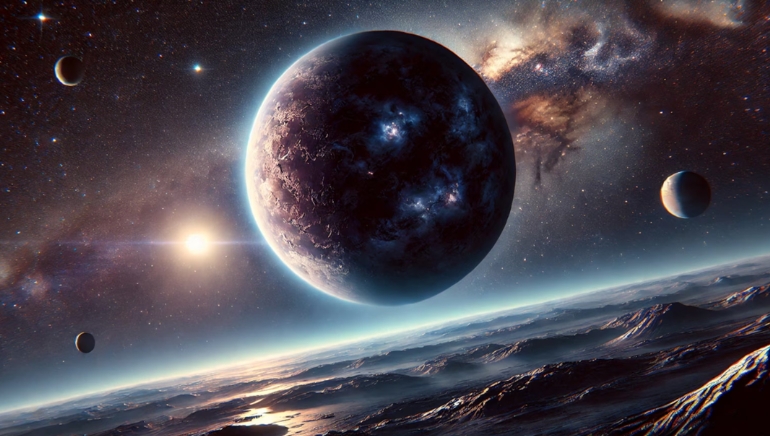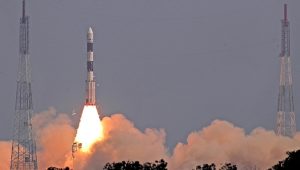Indian researchers made a spectacular discovery: TOI-6038A b, a new exoplanet. This planet is roughly 78.5 times the mass of Earth and has a radius of 6.41 times that of our own. Scientists from Ahmedabad’s Physical Research Laboratory (PRL) identified it.
The exoplanet orbits a bright, metal-rich F-type star, completing its revolution in roughly 5.83 days. It takes a nearly circular path through a large binary system. This planet is classified as a dense “Sub-Saturn,” falling somewhere between Neptune-like worlds and gas giants, making it an intriguing target for planetary evolution research.
This is the second exoplanet discovered using the advanced PARAS-2 spectrograph installed on PRL’s 2.5-meter telescope at Mount Abu Observatory. PARAS-1 and PARAS-2 have now discovered five exoplanets. High-resolution radial velocity data and speckle imaging were critical in determining the planet’s existence.
TOI-6038A b has a density of 1.62 g/cm³, indicating its development during high-eccentricity tidal migration or early disk-driven migration. Its host star is part of a double system, which raises concerns regarding gravitational interactions. Further investigation into its composition, atmosphere, and orbital properties may provide new insights into planetary formation processes.















